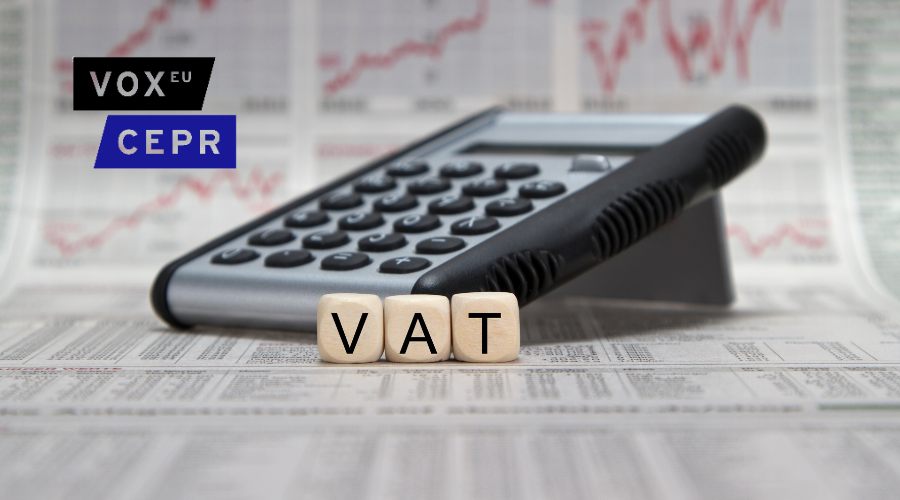Le 1 Jul 2025
The value added tax paradox in resource-dependent economies
Working Papers
Arezki, R, F Van Der Ploeg, G Rota-Graziosi and V Dao Le (2025), "The VAT Paradox in Resource Dependent Economies", cesifo Working Paper No. 11967, Munich.
https://www.ifo.de/en/cesifo/publications/2025/working-paper/vat-paradox-resource-dependent-economies.
Arezki, R, F Van Der Ploeg, G Rota-Graziosi and V Dao Le (2025), "DP20346 Taxation and Industrialization: Global Evidence from the Introduction of the Value Added Tax", CEPR Discussion Paper No. 20346. CEPR Press, Paris & London.
https://cepr.org/publications/dp20346.

